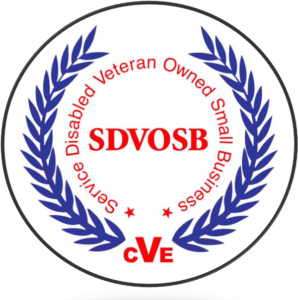The key to reducing and eliminating problems that occur when processing freight claims is to know what steps you should take. Time, facts, and photos are critical when establishing a claim, and can possibly help determine the outcome. Below are some important tips that will help.
- Immediately contact the carrier letting them know that the shipment was damaged or Request an inspection.
- Advise customers to examine the freight and note any exceptions on the delivery receipt. This should be done with the driver present.
- Customers should not discard of the packaging or remove the product from the Everything should remain as it was delivered.
- Advise customers to check the delivery receipt with the shipment making sure that the piece count and product
- Use detailed descriptions about the amount or extent of the damage and/or what is Identify the item shortage or damage by writing it clearly on all copies of the delivery receipt (i.e. 1 carton damaged, contents checked, 2 broken jars or 1 carton, contents checked, missing 4 boxes).
- Be sure that both the customer and the driver sign and date the delivery receipt noting the damage or missing If the driver refuses to sign the delivery receipt, make note of it.
- Keep detailed Record names, dates, times, phone numbers, what was discussed, agreements, and disagreements.
- Advise customers to take photos before, during, and after unloading and/or
If concealed damage is discovered after the driver has left, follow the steps above and get a detailed statement from the person who found the damage. The statement must be signed and dated, and you have to let the carrier know within 5 days of delivery if you found a concealed damage!
When the carrier inspects the shipment, be present and make sure that the report legible and accurate. Be sure to get the inspector's name and company name if different than the carrier and a copy of the report. If the inspector refuses to furnish a copy, call the carrier immediately.
Understanding Limited Access and Non-Commercial Fees
A frequent point of confusion and frustration for many LTL shippers are unexpected charges for a limited access/non-commercial pickup or delivery.
These charges were created to compensate LTL carriers for the additional time they need to spend at certain locations and typically are defined as:
- Not open to the walk-in public during normal business hours
- Not having personnel readily available to assist with delivery or pickup
- Not having access to a loading dock or platform
- Sites where carriers are delayed with security related inspections and processes
To avoid these additional charges, it is best practice to ask the consignee if they have a loading dock or a way to unload the freight themselves or if they need a liftgate for delivery. If the consignee says he won’t need a lift gate (despite not having a loading dock), it is important to know that if the driver offers one, uses it and the Proof of Delivery indicates as much and is signed for by the consignee, the carrier will charge for the lift gate and it can’t be disputed.
Limited access fees can be assessed on both commercial and non-commercial delivery sites. Charges and what qualifies as a limited access does vary based on the carrier but below is a list of some locations that are most commonly regarded as limited access:
- Camps, Carnivals, Fairs
- Churches, Mosques, Synagogues, Temples
- Schools (not including colleges and universities)
- Colleges and Universities without a loading dock
- Medical/Urgent Care sites without a loading dock
- Prisons
- Individual / Mini Storage Units
- Mines, Quarries, Natural Gas & Oil Fields
- Gold Courses, Country Clubs
- Nuclear Power Plants
- Military Bases / Installations
- Parks, Farms and rural locations
- Courthouses
- Daycares
- Hotels, Motels, Retirement / Nursing Homes
- Restaurants
- Cemeteries
- Convents
- Amusement Parks
- Constructions Sites
- Outdoor Flea Markets
Google Maps is a very helpful tool to determine if a certain location might fall under the limited access guidelines.
It is important to keep in mind that only because the location is easy to get in and out of and they may have equipment to load/unload, they may still be considered limited access.
For example, Farms: While they are often easy to get to and there is equipment to load/unload, they usually take the driver off his usual route which causes significant delays and he is unable to make the usual amount of pickups and deliveries.
Also: If a business is located within a residential area, it is considered non-commercial and will be charged accordingly. The same holds true if a business if operated out of a residential home.
A quick look on Google Maps can often safe us from unexpected supplemental charges that are always hard to recover if the consignee has already paid for shipping.

